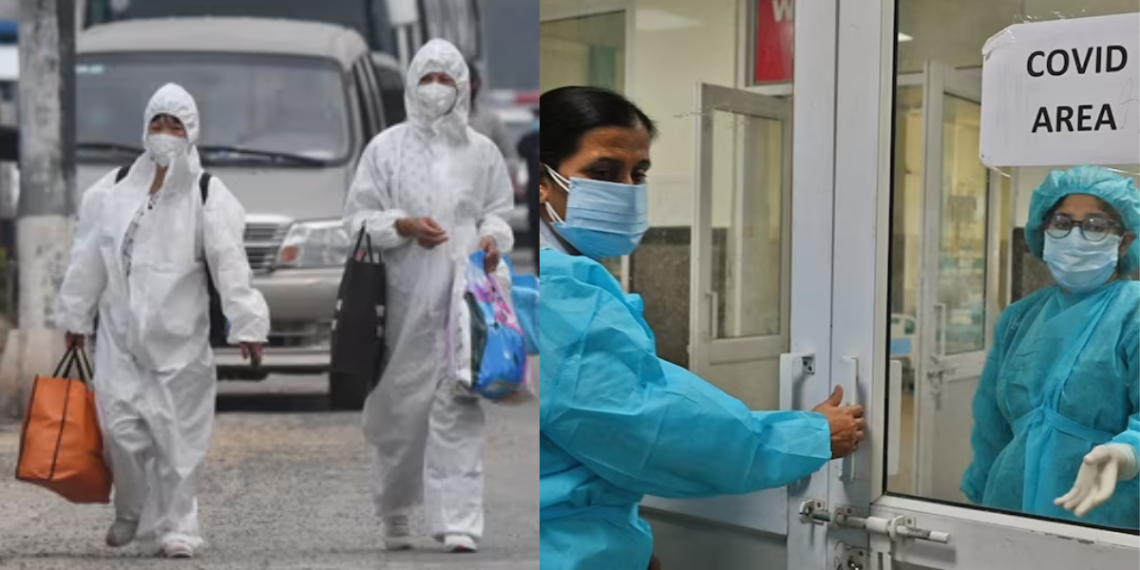New Delhi:
India has witnessed a renewed rise in COVID-19 cases, with active infections crossing the 1,000 mark for the first time in months. As of May 26, the total number of active cases stands at 1,009 an increase that has prompted health authorities to ramp up surveillance and testing in several states.
Kerala leads the surge with over 400 active cases, followed by Maharashtra and Delhi, which have reported 209 and 104 active cases respectively. Smaller but notable spikes have also been recorded in Gujarat and Karnataka, raising concern about a possible ripple effect across the country.

The two new Covid variants:
The health ministry has identified two new sub-variants, NB.1.8.1 and LF.7, currently under observation for their transmissibility and resistance to existing immunity. So far, the majority of new cases have been mild, with few hospitalizations reported. However, officials are urging the public to remain cautious and follow basic preventive measures such as mask usage in crowded areas and frequent hand hygiene.
With the monsoon season approaching often associated with seasonal respiratory infections experts warn that timely detection and isolation will be key to preventing further spread. The government has asked state authorities to remain alert, enhance testing capacities, and ensure that healthcare facilities are prepared should the caseload rise further.
While the numbers remain low compared to previous waves, the recent spike is a reminder that the virus continues to evolve and so must the public’s vigilance.
Recommended Precautions:
- Wear masks in crowded or enclosed spaces.
- Maintain hand hygiene and respiratory etiquette.
- Stay updated with vaccinations and boosters.
- Seek medical attention if experiencing COVID-19 symptoms.
In summary, while the increase in cases warrants attention, it does not necessitate panic. Adhering to recommended precautions and staying informed can help manage the situation effectively.
Also Read: COVID-19 JN.1 Variant: Should We Be Concerned About Its Severity?














